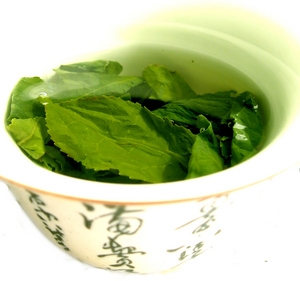Cradle cap is a skin condition that affects about half of all babies, usually in the first three months of life. Occasionally it lasts until the toddler stage and more rarely, into later childhood.
It is not itchy and does not bother the child. It is known to pediatricians as seborrhoeic dermatitis. Most children have a mild form of the disorder. Severe cradle cap is rare.
Appearance
Cradle cap is a patchy, yellowish, crusty rash that appears on the child’s scalp. It is made up of sticky skin oils, sloughed-off skin cells and may have a scaly appearance. It may also be seen on the child’s forehead, around the ears, in the eyebrows or on the eyelids.
Cause
In the skin of babies, toddlers and also adults there are sebaceous glands which produce an oily substance called sebum. The purpose of sebum is to waterproof the skin. Sometimes the glands in the scalp of babies and toddlers secrete too much sebum. This greasy substance traps skin flakes which are constantly being shed, and the resulting condition resembles yellowish scales on the youngster’s scalp, forehead, behind the ears or on eyebrows or eyelids.
Cradle cap is not caused by an infection, an allergy or poor hygiene. It is not infectious, and is seldom indicative of any illness.
Some doctors are of the opinion that the sebaceous glands in some children produce more sebum than usual because of an excess of a hormone from the mother which is still present in the child.
Treatment
* The most commonly-used treatment involves applying an oil such as baby oil, olive oil or mineral oil liberally to the child’s scalp. Leave it on to soak in overnight. This will soften the scales. Next morning bathe the child and wash his hair with baby shampoo. With a soft brush, such as an old toothbrush, a comb or a cloth gently wipe the softened flakes away.
*It may take several days of this treatment before the scales are entirely gone.
* Do not use pressure or try to peel off the scales with your fingernail. This could damage the underlying skin.
* Some parents claimed good results with a product called “Cradle Cap Care” by Gentle Naturals, which was purchased at Walmart for about $7.00.
Cautions
If you have tried the above remedies without noting improvement, consult a doctor.
Do not use adult anti-dandruff shampoos without a physician’s advice, because they contain harsh ingredients which can irritate tender scalp and hurt the child’s eyes.
If you notice that the rash is becoming red, seems to be thickening or looks irritated, or if it begins to spread, see your doctor.
If the child develops a severe and persistent diaper rash along with cradle cap, seek medical help.
Cradle cap is a common condition which is usually easily managed and quickly outgrown by most children. However, a wise parent will to keep a close eye on it, because some fungal infections resemble cradle cap, and the rash has occasionally been linked to immune disorders.
If the child seems unwell and exhibits other problems such as stomach pains or diarrhoea, along with cradle cap, it is time to schedule a doctor’s appointment. Further medical investigation is indicated.
Reference: Parenting.com
Date consulted: July 6, 2010
Web site: http://forums.parenting.com/showthread.php?t=4573





